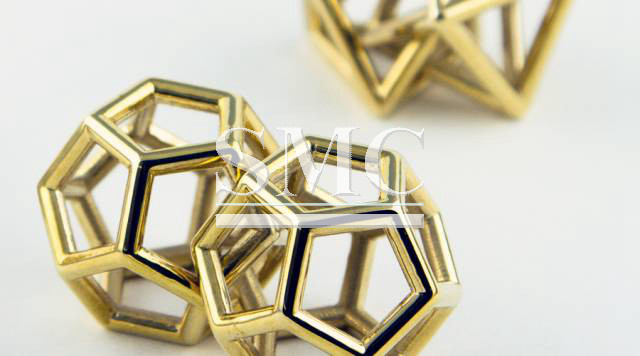Notice: Undefined index: sith_hide_share in /www/sites/alloy.wiki/index/wp-content/themes/likegoogle/single.php on line 32
Deprecated: get_settings is deprecated since version 2.1.0! Use get_option() instead. in /www/sites/alloy.wiki/index/wp-includes/functions.php on line 4862
Quite often our customers will ask our team here at Shanghai Metal about the different types of metal, and what to look for when selecting grades, shapes and sizes. A metal is one of the basic elements in nature. Over three-quarters of the more known elements are metal. Metal is an ideal conductor of electricity and heat. Physically, metal is generally hard, heavy and tenacious. Brass, specifically, is a binary alloy composed of Copper and Zinc that has been produced for millennia and is valued for its workability, hardness, corrosion resistance and attractive appearance.
Properties of Brass
As mentioned above, brass is a binary alloy. It consists of Copper and Zinc. A few important properties of brass include:
Density: 8.3-8.7 g/cm³
Melting Point: 1652-1724°F (900-940°C)
Moh’s Hardness: 3-4

Characteristics of Brass
Depending on the composition of the brass alloy, the exact properties of brasses will vary, especially the copper-zinc ratio. However, generally all brasses are valued
for the machinability, or the ease with which the metal can be formed into desired shapes and forms while retaining high strength. There are differences between
brasses with high and low zinc contents, but all brasses are considered malleable and ductile (low zing brasses more so). Since brass has a low melting point,
it can also be cast relatively easily, but for casting applications, a high zinc content is typically preferred. Brasses that have a lower zinc content can be easily cold worked,
welded and brazed. A high copper content also allows the metal to form a protective oxide layer (patina) on its surface that protects against further corrosion.
This is a valuable property in applications that expose the metal to moisture and weathering.
Brass has both good heat and electrical conductivity (its electrical conductivity can be from 23 percent to 44 percent of pure copper), and it is wear and spark resistant.
Similar to copper, the bacteriostatic properties of brass has resulted in its use in bathroom fixtures and healthcare facilities. The metal is considered a low friction and
non-magnetic alloy, while its acoustic properties have resulted in its use in many ‘brass band’ musical instruments. Artists and architects also value the metal’s aesthetic
properties, as it can be produced in a range of colors, from deep red to golden yellow.
Types of Brass
The term “brass” is a generic term that refers to a wide range of copper-zinc alloys. There are over 60 different types of brass specified by EN ( European Norm ) Standards.
Depending on the properties required for particular application, these alloys can have a wide range of different compositions.
Applications
The valuable properties and relative ease of production of brass has made it one of the most widely used alloys. Putting together a complete list of all of brass’s applications would be
a colossal task, but to get an idea of the industries and types of products in which brass is found we can categorize and summarize some end-uses based on the grade of brass used:
Free cutting brass (e.g. C38500 or 60/40 brass):
·Nuts, bolts, threaded parts
·Terminals
·Jets
·Taps
·Injectors
Shanghai Metal Corporation is a trusted aluminum alloy, aluminum foil price, stainless steel price and stainless steel manufacturer, kinds of stainless steel in china.
Guest contributors are welcome at the Alloy Wiki.It is a weekly wiki and guide on alloy information and processing technology, while also about the vast array of opportunities that are present in manufacturing. Our team of writers consists of a Machining Material Supplier / Machinist / Tool and Die Maker, a Biomedical Engineer / Product Development Engineer, a Job Development Coordinator / Adjunct Professor, and a President and CEO of a manufacturing facility.
Link to this article:Metal Properties: Brass
Reprint Statement: If there are no special instructions, all articles on this site are original. Please indicate the source for reprinting:Alloy Wiki,thanks!^^


